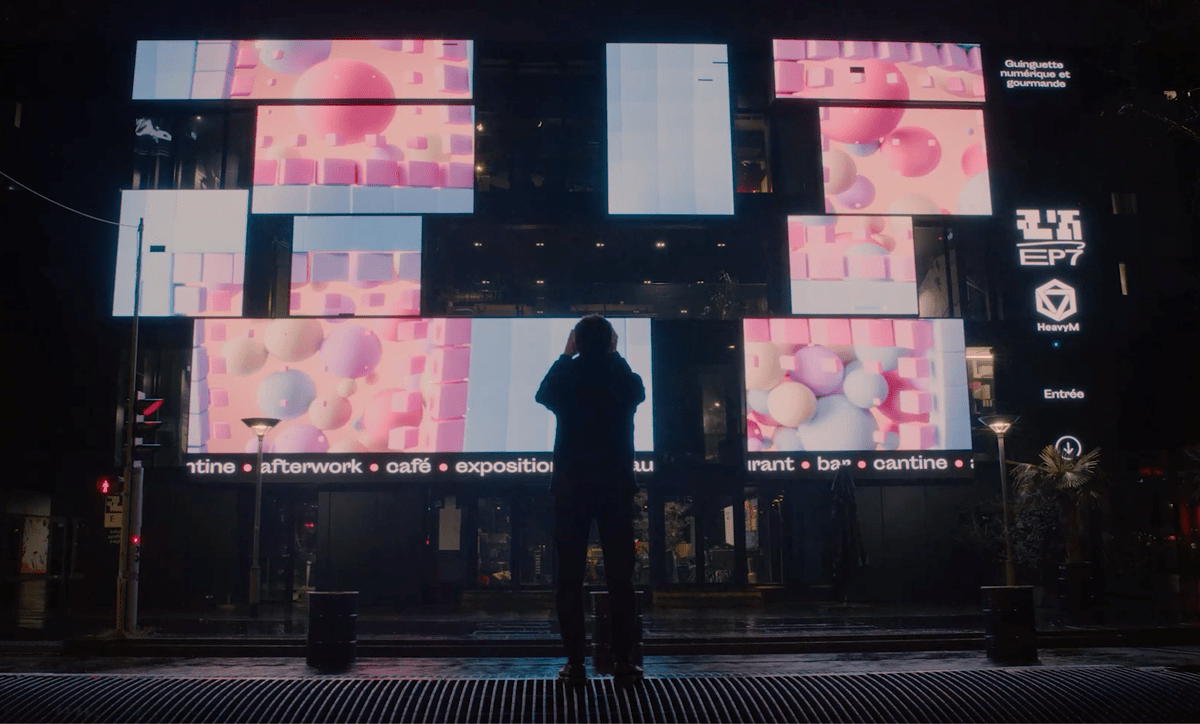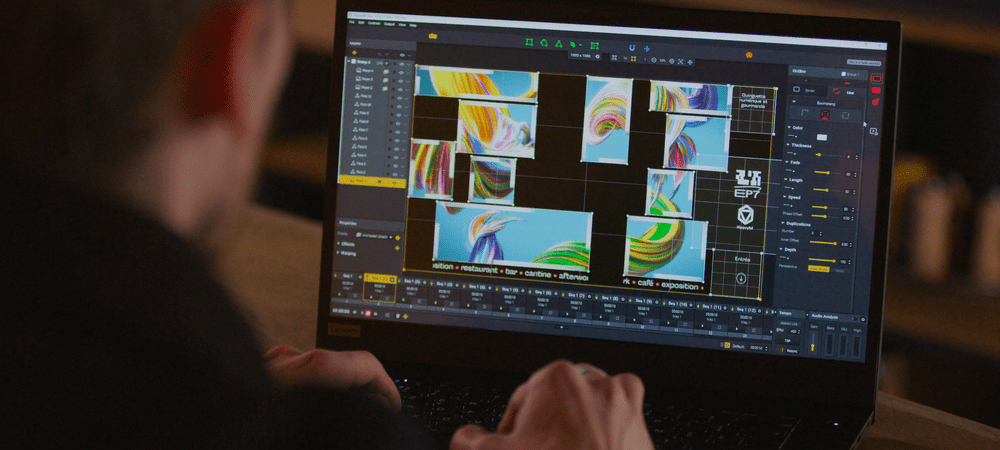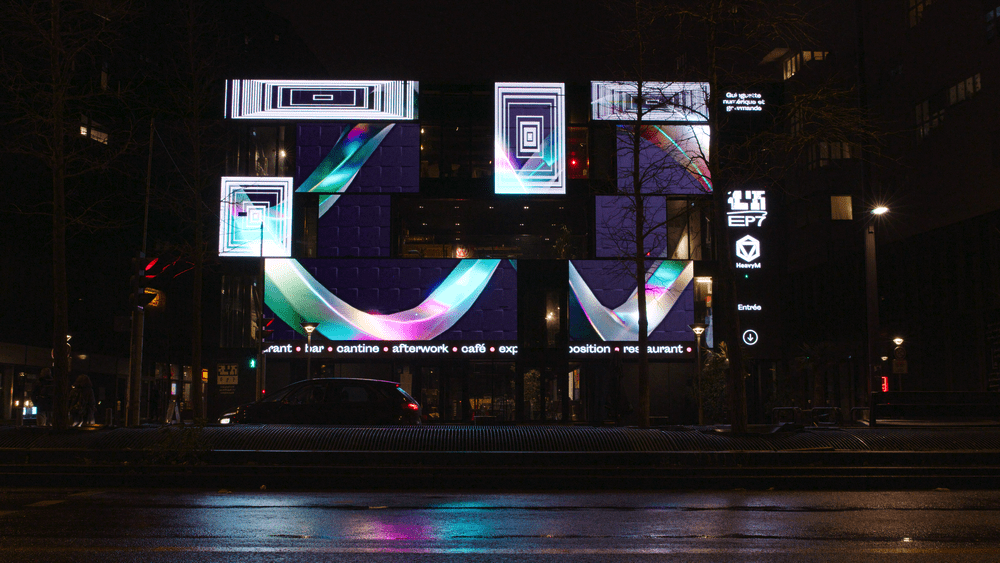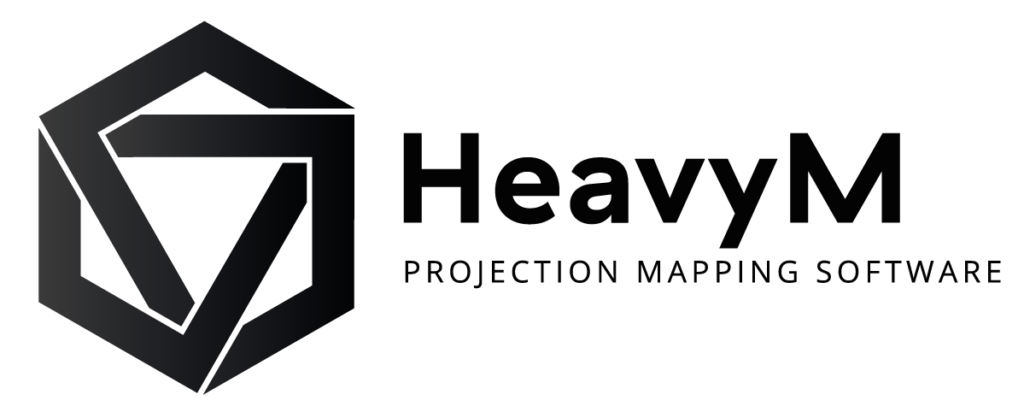Digital Signage Solutions: Choosing the right display technology for your needs

Digital signage is revolutionizing the way businesses communicate with their customers, creating engaging and dynamic visual experiences. In this article, we’ll explore the world of digital signs, showcase various examples, and discuss how HeavyM can help you make the most of different display technologies.
What is digital signage?
Digital signage is the use of electronic displays, such as LED screens, projectors, and digital screens, to show information, advertisements, or multimedia content. It can be found in a variety of settings, including retail stores, restaurants, airports, hotels, and corporate offices.
Examples of digital signage
- Menu Boards : Restaurants and cafes use digital menu boards to display menu items, prices, and promotions.
- Wayfinding: Airports, malls, and hospitals use them for wayfinding and providing important information to visitors.
- Advertising: Digital billboards and displays are used to showcase advertisements in high-traffic areas.
- Corporate Communications: Companies use them to display internal announcements, performance metrics, and event schedules.
- Public Information: Government agencies and public institutions utilize digital signalling to share important updates, news, and emergency alerts with the public.
Choosing the right display technology for digital signage
When selecting a display technology for your digital signs needs, it’s essential to consider factors such as the installation environment, content type, and budget. Here are some popular display technologies:
Projectors
Projectors are a versatile option for digital signs, especially when you need to display large-scale visuals. They can be used to create stunning projection mapping experiences, making them ideal for retail displays, events, and more.

Advantages of Projectors:
- Large-scale displays
- Flexible installation options
- Ideal for creative applications and projection mapping
Disadvantages of Projectors
- May require a dark environment for optimal visibility
- Lower brightness compared to LED screens
LED Screens
LED screens are an excellent choice for high-impact visuals in both indoor and outdoor settings. They provide bright, vivid colors and can be customized to various shapes and sizes. LED signage is suitable for advertising, corporate communications, and entertainment venues.

Korean street advertisings – Professor Seo Kyoung-duk
Advantages of LED Screens:
- High brightness for excellent visibility
- Customizable shapes and sizes
- Suitable for indoor and outdoor use
Disadvantages of LED Screens:
- Higher initial cost compared to projectors and digital signage displays
- May require specialized installation and maintenance
Digital signage displays
Digital signage displays are flat-panel screens designed specifically for digital signage applications. These screens offer high-resolution images and can be mounted in portrait or landscape orientations. They’re ideal for information displays, menu boards, and advertising.

Digital signage displays – Magicsee
Advantages of Digital Signage Displays
- High-resolution images
- Versatile mounting options
- Energy-efficient and long-lasting
Disadvantages of Digital Signage Displays
- Limited in size compared to projectors and LED screens
- May not be suitable for outdoor use
HeavyM: a versatile solution for digital signage
HeavyM is a powerful projection mapping software that can be used for digital signage applications as well. By connecting HeavyM to a projector or LED screen, you can create captivating visuals and interactive experiences for your audience.

Here’s why HeavyM stands out as a digital signs solution:
Compatibility with various display technologies
HeavyM is compatible with both projectors and LED screens, allowing you to choose the best display technology for your needs. Whether you’re creating a large-scale projection mapping installation or a smaller LED screen-based display, HeavyM can accommodate your project requirements.
User-friendly interface
HeavyM’s user-friendly interface makes it easy to create and manage your digital display content. The intuitive drag-and-drop system allows even beginners to design impressive visuals with ease. The software also includes a timeline for precise synchronization of visuals and animations, ensuring seamless content playback.
Extensive library of effects and animations
Design custom visuals that fit your brand and message using HeavyM’s extensive library of effects and animations. The software offers a wide range of built-in visual effects, textures, and animations, allowing you to create unique and engaging content for your digital signage. You can also import your own media files, such as images, videos, and 3D models, for additional customization.
Interactive experiences
Integrate sensors and other interactive elements into your digital display using HeavyM, making your content more engaging and memorable. With support for various input devices and protocols, such as MIDI, OSC, and DMX, you can create interactive experiences that respond to user inputs or environmental factors, taking your digital signage to the next level.
Scalability and adaptability
HeavyM’s software is designed to be scalable and adaptable, making it suitable for a wide range of digital signalling applications. From small, single-screen installations to large, multi-screen setups, HeavyM can handle it all. The software also includes advanced features like edge blending and geometric correction, allowing you to create seamless displays across multiple screens or irregular surfaces.
By incorporating HeavyM into your digital screen display projects, you can enjoy the flexibility, ease of use, and creative control that the software provides, allowing you to create impactful and engaging visual experiences for your audience.
Making the most of your digital signage investment
To maximize the impact of your digital advirtising, consider the following tips:
1. Focus on content
Ensure your content is visually appealing, easy to read, and relevant to your audience. Keep messages concise and use high-quality images and videos.
2. Update content regularly
Keep your content fresh and engaging by updating it regularly. This can encourage repeat visits and keep your audience interested.
3. Consider the location
Choose the right location for your digital display based on foot traffic, visibility, and lighting conditions. Ensure your display is easily visible and positioned at an optimal viewing angle.
4. Analyze and optimize
Monitor the performance of your digital display screen and use data to make informed decisions. Optimize your content and display settings to maximize audience engagement and ROI.
Conclusion
Digital signage is a powerful tool for businesses to communicate with their audience and create visually engaging experiences. By choosing the right display technology and using a versatile solution like HeavyM, you can take your digital signalling to new heights.


